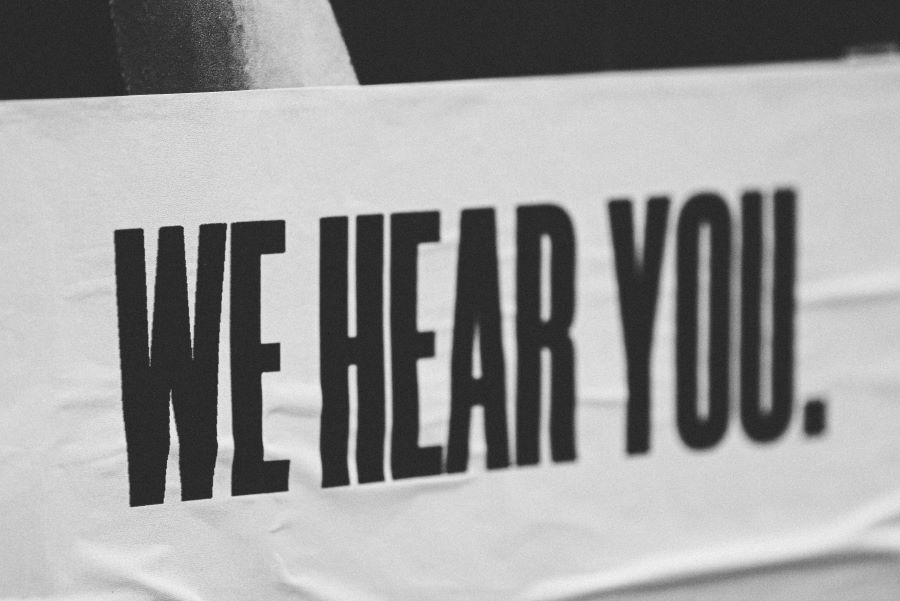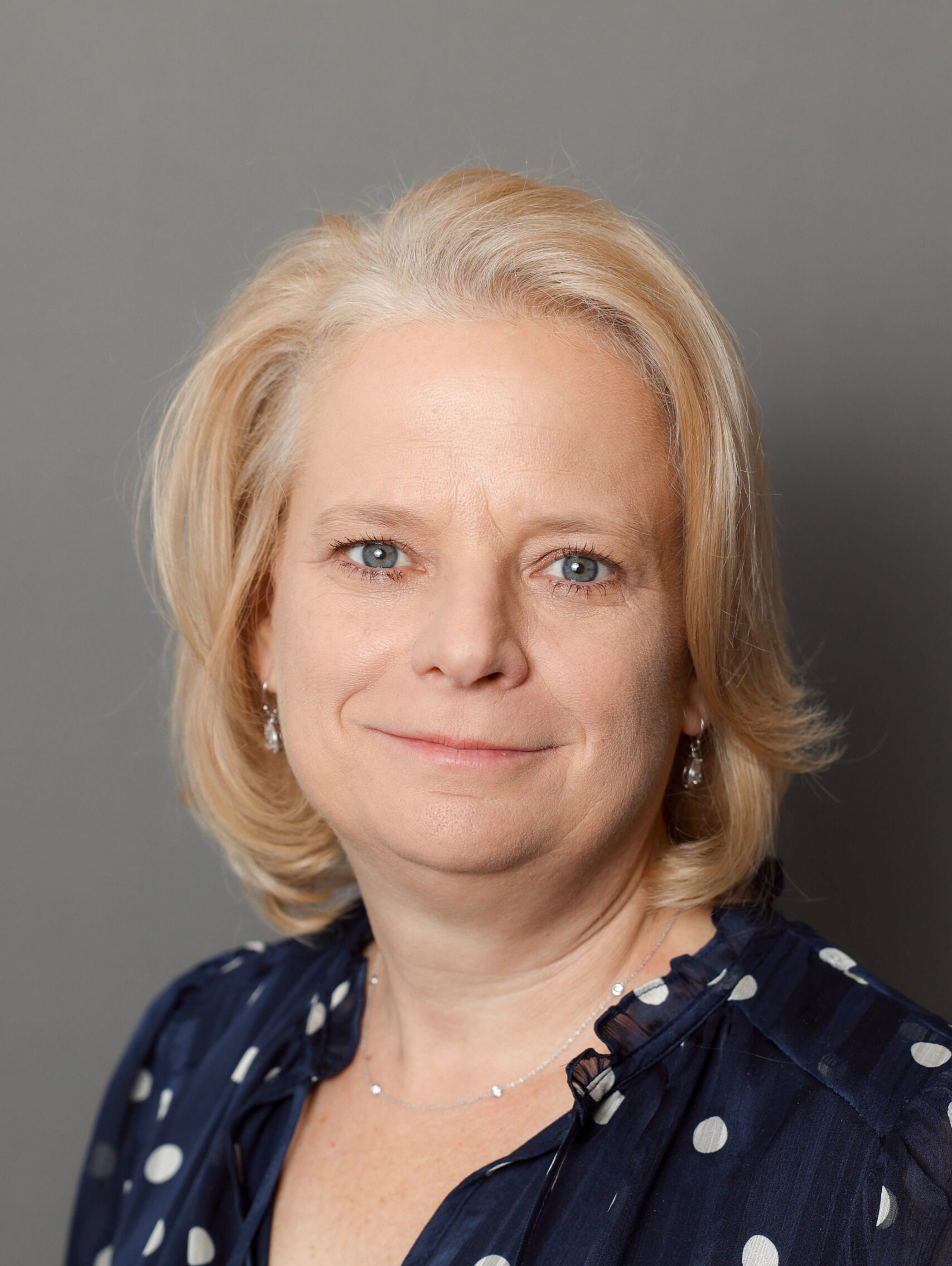The Center for Disaster Philanthropy’s mission is to mobilize philanthropy to strengthen the ability of communities to withstand disasters and recover equitably when they occur. Through our grantmaking, we strive to fund local, prioritize medium- and long-term recovery, learn from others and stay true to our organizational mission. Critical to our work is how we center racial and intersectional equity (RIE).
The CDP team takes our role as grantmakers seriously as we support marginalized and historically underserved communities affected by disasters through efficient and effective grantmaking. Just as the philanthropic sector’s recent self-reflection on social and racial justice has proven that we still have a long way to go to truly leverage our collective power to help marginalized and underserved communities thrive, we know we can be a better funder. We decided that the time had come to ask our grantee partners if we were helping them to achieve their mission, serve their communities and help those affected by disasters.
Earlier this year, we partnered with the Center for Effective Philanthropy (CEP) to survey 254 of our grantee partners. With 181 survey responses received, a 71% response rate, the report has given us much to reflect on, celebrate and learn.

Quote from survey respondent:
“CDP is our role model and the grantmaker that we want to be ‘when we grow up.’ They serve the field as thought-leaders, educators, investors, partners, resources, new conveyors, and change-agents.”
The survey results related to diversity, equity and inclusion indicate that we’re on the right path toward achieving our mission and commitment to RIE. Eighty-one percent of our grantee partners indicated that the efforts funded by their CDP grant primarily benefit historically underserved and marginalized groups, such as those who are economically disadvantaged, women and girls, communities of color and people with disabilities. We are pleased to note that this percentage is higher than what CEP has seen on average from other funders.

In addition, we received higher than usual ratings for understanding affected communities’ needs and how our funding priorities reflect those needs.
Grantee feedback also highlighted CDP’s strong relationships with grantee partners and our positive impact on their organizations. Grantees wrote that CDP is a “thought leader in our field” who “helps across all sectors” and is “always very helpful, informative and responsive.”
Survey results revealed that grantees viewed our process as streamlined with flexible and realistic timelines. We received higher than typical ratings for our reporting process, described as straightforward, adaptable, relevant and a helpful opportunity to reflect and learn.
Quote from survey respondent:
“Only recommendation for process improvement is for CDP's reporting templates: the way they are set up results in often repetitive reports (including the same information about activities/results in multiple sections).”
We also heard about the many ways we can improve our work. The following reflect learning opportunities that we promise to work on with the help of our community partners:
- Explore more non-monetary support, including technical assistance and access to our expertise beyond financial support.
- Consider more multi-year grant opportunities.
- Connect grantee partners with each other and other potential donors to encourage collaboration, partnerships and relationship-building.
- Do a better job of communicating staff transitions.
- Engage with grantee partners more frequently and consistently through site visits, meetings and authentic interactions that facilitate a deeper understanding of each other’s work, interests and priorities.
In collaboration with all CDP staff, the grantmakers at CDP have already started looking at our next steps for these opportunities to improve. Some efforts were already underway even before we completed the GPR. Some are “easy solves,” such as writing a process for how to transition grantee partner relationships from one fund director to another fund director during transition times. Similarly, staff connecting with our grantee partners more frequently and in person is very doable, especially now that travel is feasible.
Other opportunities will take more thought and planning to implement as part of our 2023-2025 strategic plan under development.
Regretfully, we all know that disasters are here to stay. CDP’s mission remains essential, and our amazing grantee partners are central to our efforts.
One respondent wrote, “We always knew CDP would be supportive of our decisions … CDP was the calm in our storm.”
We thank CEP and our grantee partners for providing vital feedback that will allow us to continue to be a safe harbor for organizations and an advocate for communities affected by disasters.


